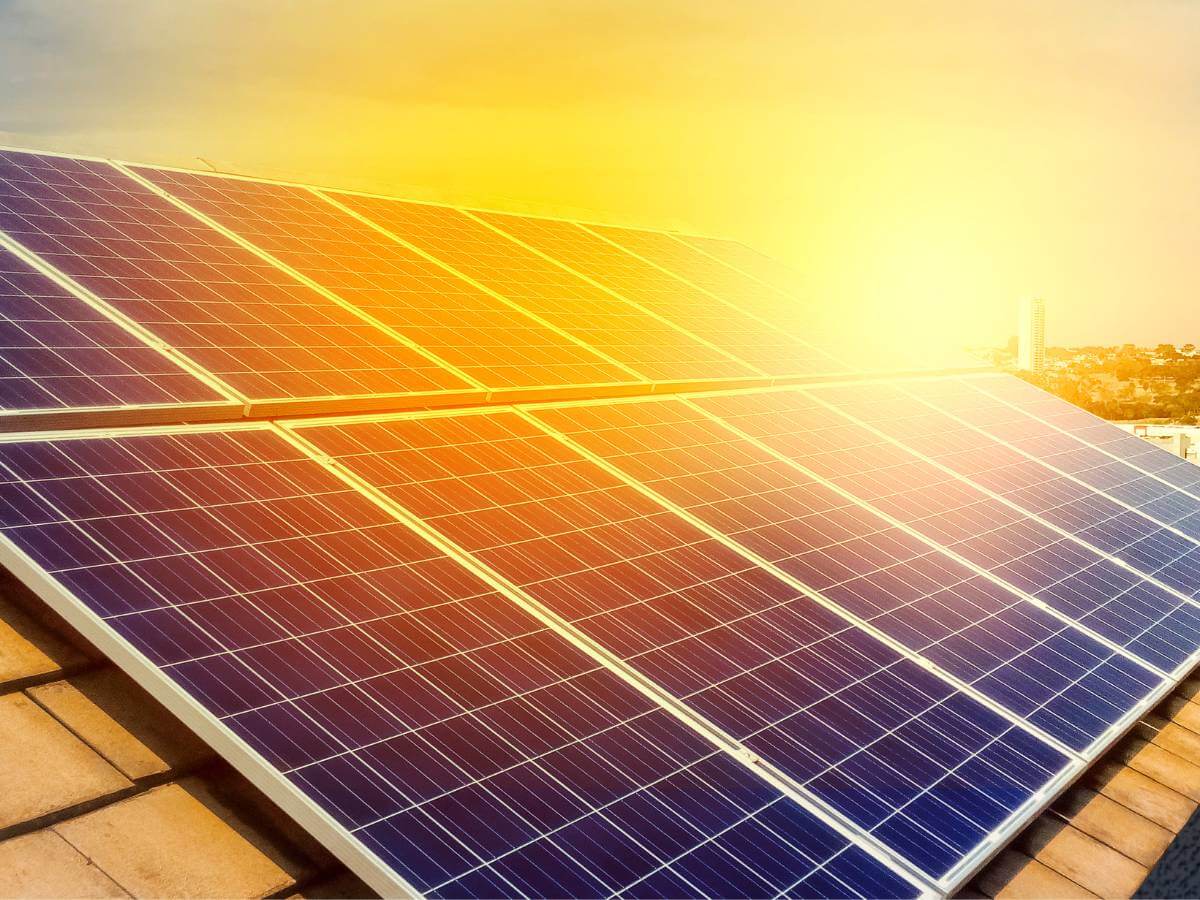
The Lifelong Savings of Home Solar Energy Systems
In the sun-soaked realms of renewable energy, the decision to embrace solar power is not merely an environmental commitment; it’s a profound financial strategy that can reshape the economics of your household.
As we delve into the financial landscape of home solar energy systems, the numbers reveal a compelling narrative — one where families stand to save between $40,000 and $90,000 over the lifetime of their solar investment.
The Solar Equation: Understanding the Components
Before we unveil the potential savings, let’s break down the solar equation into its essential components:
1. Solar Panels: Capturing Sunshine
At the heart of every solar energy system are the solar panels, equipped with photovoltaic cells that convert sunlight into electricity. These panels are typically installed on rooftops or ground-mounted arrays to harness the maximum amount of sunlight.
2. Inverter: Power Transformation
The inverter plays a vital role in converting the direct current (DC) electricity generated by the solar panels into the alternating current (AC) used in homes. It acts as the translator, ensuring that the electricity produced is compatible with household appliances.
3. Mounting Structures: Ensuring Stability
Mounting structures provide the foundation for solar panels, ensuring they are securely affixed to rooftops or the ground. Proper mounting is crucial for optimizing the angle and orientation of the panels to capture the most sunlight.
4. Battery Storage (Optional): Storing Excess Energy
Some solar energy systems include battery storage, allowing homeowners to store excess energy generated during sunny periods for use during times of low sunlight or power outages.

The Lifelong Savings of Home Solar Energy Systems
The Financial Snapshot: How Much Can You Save?
1. Reduced Electricity Bills: Monthly Savings
The most immediate impact of a solar energy system is the reduction in monthly electricity bills. By generating your electricity, you decrease your reliance on the grid, and as a result, you pay less to the utility company. The extent of these savings depends on factors such as the size of the solar system, local electricity rates, and the amount of sunlight your location receives.
Monthly Savings Calculation:
Monthly Savings=(Solar System Output×Electricity Rate)−Grid Electricity Cost
2. Federal Solar Investment Tax Credit (ITC): A Generous Rebate
The federal government offers a substantial incentive for homeowners who invest in solar energy — the Solar Investment Tax Credit (ITC). This credit allows eligible homeowners to deduct up to 26% of the total cost of their solar panel system from their federal taxes.
Tax Credit Calculation:
Tax Credit = 0.26 × Total Solar System Cost
3. State-Level Incentives: Additional Boost
Beyond the federal ITC, some states offer additional incentives to promote solar adoption. These incentives may include property tax exemptions, sales tax exemptions on solar equipment, or cash rebates. The specific incentives vary by state.
4. Increased Home Value: A Long-Term Investment
A solar energy system is not just a savvy financial move in the short term; it’s an investment that can increase the resale value of your home. Studies have shown that homes with solar panels are perceived as more attractive in the real estate market and often command a higher resale value.
Home Value Increase Calculation:
Estimated Home Value Increase = Percentage Increase × Current Home Value
5. Lifetime Savings: The Big Picture
To estimate the total savings over the lifetime of a solar energy system, we consider the cumulative impact of reduced electricity bills, tax credits, and potential increases in home value.
Lifetime Savings Calculation:
Lifetime Savings=Total Monthly Savings×Number of Months+Tax Credit+Estimated Home Value Increase
Putting Numbers to the Savings Potential
1. Monthly Savings: A Tangible Impact
The monthly savings from a solar energy system can range from $50 to $200 or more, depending on factors such as system size, local electricity rates, and sunlight availability. For a conservative estimate, let’s assume an average monthly savings of $100.
2. Federal Solar Investment Tax Credit (ITC): A Significant Rebate
Suppose you install a solar energy system with a total cost of $20,000. With the federal ITC at 26%, you would receive a tax credit of $5,200.
3. Increased Home Value: A Valuable Appreciation
Research indicates that homes with solar panels can experience an average increase in value of about $15,000 to $20,000. Let’s conservatively estimate an increase of $15,000.
4. Lifetime Savings: The Grand Total
Now, let’s calculate the lifetime savings over a 25-year period, which is a common lifespan for solar panels.
Total Monthly Savings = $100 x 12
Tax Credit = $5,200
Estimated Home Value Increase = $15,000
Lifetime Savings = (Total Monthly Savings×25 years) + Tax Credit + Estimated Home Value Increase
Putting it All Together:
Lifetime Savings = ($100 \times 12 \times 25) + $5,200 + $15,000
Lifetime Savings = $30,000 + $5,200 + $15,000
Lifetime Savings = $50,200

The Lifelong Savings of Home Solar Energy Systems
The Bottom Line: Investing in Brilliance
The bottom line is that families in Texas can save between $40,000 and $90,000 over the lifetime of a solar energy system, taking into account monthly savings, tax credits, and the potential increase in home value. These numbers underscore the compelling financial benefits of embracing solar power, making it not just an environmentally conscious choice but a savvy investment in long-term savings.
As technology advances and solar installations become more efficient and affordable, the financial equation for solar savings continues to improve. The transition to solar energy is not just a smart financial move; it’s a step towards energy independence, environmental stewardship, and a brighter, more sustainable future for Texas families. So, if you’ve been pondering the idea of going solar, remember, the brilliance of the sun holds not just environmental promise but also a pathway to substantial financial savings for your family.
